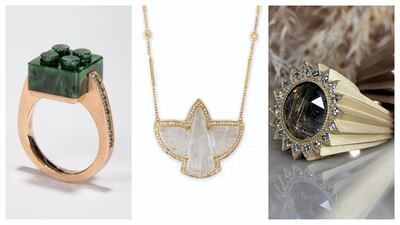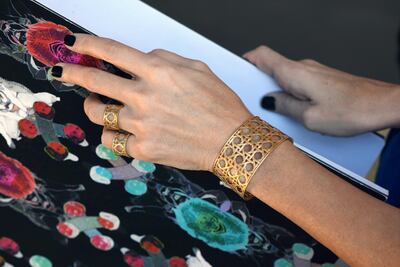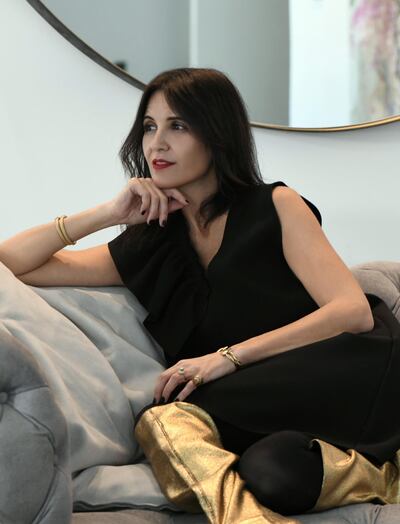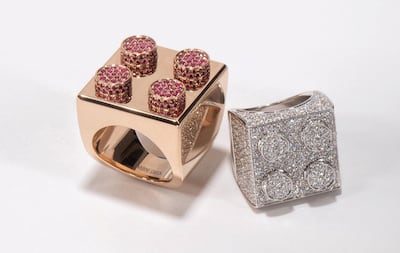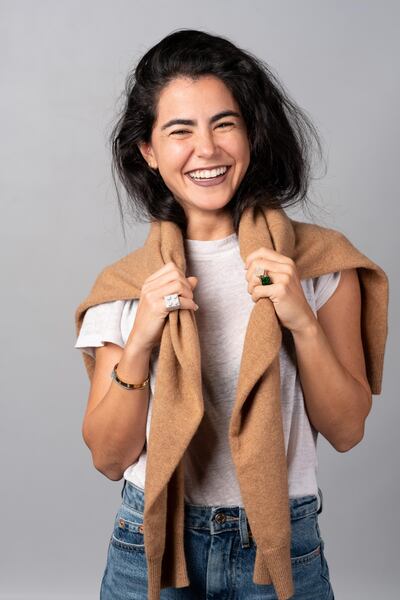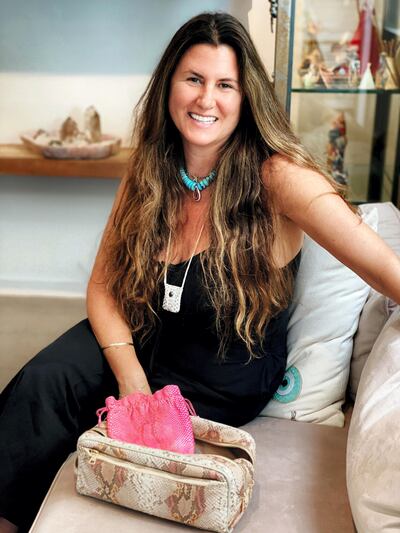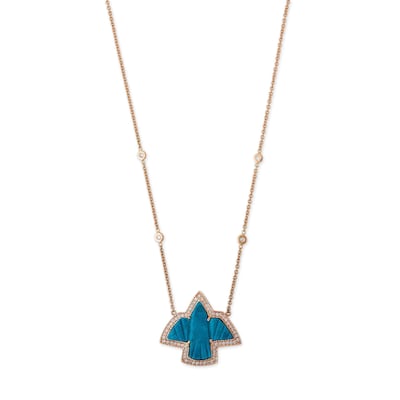There's something intimate about what we choose to adorn our bodies with – the psychology of ornamentation, as it were. The saying goes, you never really know a woman until you've seen her jewellery, and indeed, the pieces we wear act as an extension of character and, on a deeper level, life experience.
Historically symbolising both status and sentiment, jewellery was looked upon as a talisman that could represent everything from royalty to admiration to affection via motifs that held social or emotional significance. In the mid-19th century, for example, Queen Victoria received from her husband, Prince Albert, a simple gold charm bracelet that carried nine enamelled hearts – each of which symbolised their nine children. A sentimental design, every heart carried on it the child's name, date of birth, and in it a lock of their hair.
Nearly a hundred years later, the Duchess of Windsor Wallis Simpson donned her famous gem-set cross bracelet, crafted in the workshops of Cartier in Paris. A present from King Edward VIII, who controversially abdicated the throne in 1936 to marry Simpson, each cross represented a special occasion in their romantic journey.
In today’s world, jewellery has evolved to almost purely reflecting taste, and can be dainty, even eccentric. Regional entrepreneurs are upping their game by getting creative, personal and playful with their designs. The motifs they turn to come from the natural world, contemporary culture and personal backstories, often stretching back to childhood.
Khaizaran chairs and the Sursock Museum: Nada Ghazal
Take Nada Ghazal, as a case in point. Infatuated with jewellery from the age of five, the Beirut designer’s latest collection of gold cuffs and rings emulates the pattern of the traditional, wooden Lebanese khaizaran chair, which is manufactured by a delicate, handcrafted interweaving of straw.
She tells The National it all began in the kitchen. "During Eid in Lebanon, we did the ka'ak el Eid cookies. All of the children loved baking, but I never liked the kitchen; I just loved art and everything that was so beautiful and pretty. I used to bake with them for one reason, because I would take the dough from my grandmother, stamp it on the khaizaran chair, put it in the oven and wear it as a bracelet.
“I always used to say that one day I’m going to make these khaizaran bracelets in gold. That was 40 years ago…”
The Power of Light is another of Ghazal’s heartfelt creations, paying homage to the vibrant tinted glass windows of Beirut’s Sursock Museum, a jewel in the crown of the city’s cultural scene since the 1960s. As also seen in Ghazal’s pieces, the tainted glass features the motif of the lotus flower, a historical emblem of rebirth and purity.
This collection is especially poignant today, following the devastating August 4 explosion, which reduced the stunning glass windows into shards. The stories and memories of the museum now live on, says Ghazal, through the jewellery.
Lego blocks and bushy brows: Nadine Ghosn
Another challenging situation, the coronavirus pandemic fuelled Nadine Ghosn’s latest design process. The Brazilian-Lebanese designer went back to basics by using colourful construction Lego toys as the central motif in her Building Blocks collection. Through it Ghosn transmits a message of moving forward, one block at a time, in her signature quirky way.
“We’re all in this ambiguous time where we can’t really organise, and we feel everything is being destroyed and we have to rebuild our life. It felt like the right time to launch the collection,” she says.
Her favourite piece remains the first she created: the Bare Block ring, a dark and mysterious-looking piece made of green jade and studded with forest topaz stones. “Jade is something that’s viewed very positively in Asia – it’s ephemeral, calming and soothing. It’s also emblematic of the cycle and experience I’ve been through,” says Ghosn.
This connection with Asia started for the Stanford-educated entrepreneur when she was growing up in Japan. “When I was a kid in Japan, I had huge eyebrows. They was out of the ordinary in the environment that I was in, so I got bullied for them. This was something I had such an adverse reaction to.
“When I was building my brand, I wanted it to be true to me and my experiences. It’s important to honour your history.” Accordingly, the singular logo of Ghosn’s brand is a bushy brow.
The thunderbird: Jacquie Aiche
A plume of a different kind, the bird remains a timelessly beloved figure in the world jewellery. Lady Gaga catapulted the motif back into pop culture when she donned an eye-catching pin of a golden bird at President Biden’s inauguration. “A dove carrying an olive branch. May we all make peace with each other,” she tweeted.
Jacquie Aiche has been turning to the thunderbird motif for some time now. The American-Egyptian jewellery designer is known for her bold pieces, for which she says she draws inspiration from Native American and Middle Eastern influences.
Aiche utilises beautiful minerals – turquoise, moonstone, and onyx – to embody the thunderbird, which holds a sacred place in North American Indian mythology. “It is all about personal power and inner strength,” she says.
Describing jewellery as "your second skin", Aiche tells The National: "I've found that people are drawn to the freedom and spiritual evolution birds represent. Throughout cultures and generations, they have inspired a deep desire to live fearlessly and love without limits. It is an incredibly empowering energy. Birds bring out the free spirit inside all of us."
